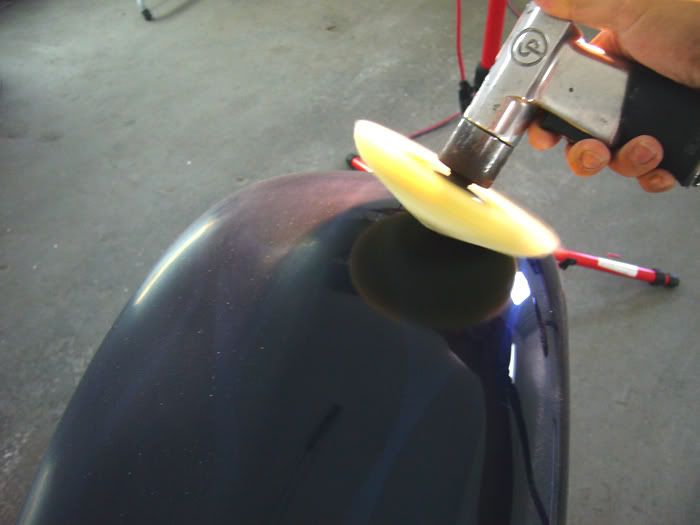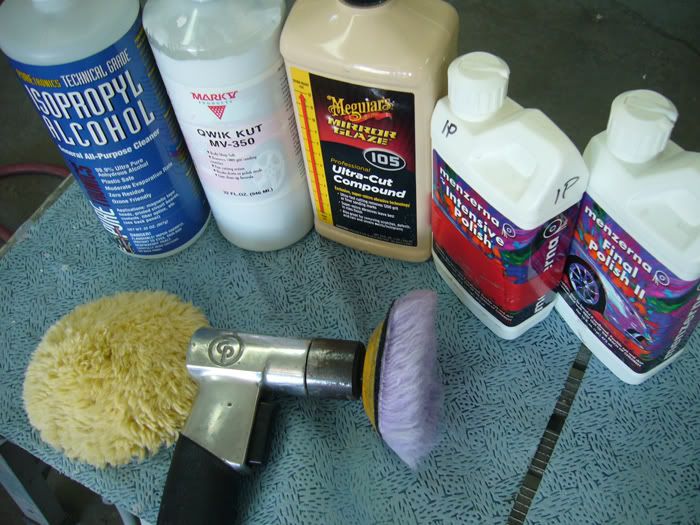king nothing
New member
on my 03 cobra I have some panels that "flow" into each other, trunklid and top of rear quarters, hood and top of front fenders. Is it OK to treat these as one panel and polish across them with my PC or is it a No No
Follow along with the video below to see how to install our site as a web app on your home screen.
Note: This feature may not be available in some browsers.
Thanks alot for the clarification. I think that technique will help me alot. I need to get some thinner tape though. How do you keep the tape from rolling or balling up when the pad hits it? That is one of the issues I had during my first polishing attemptsSuperBee364 said:I tape across the gap, so the tape is on the edge of two panels. This area doesn't get compounded, but you'd never know as it's usually less than 1/4 inch. I remove the tape for the final polishing, so the edges do get polished. You still have to be careful about buffing the edges, even with a finishing polish and gentle pad.
SuperBee364 said:I tape across the gap, so the tape is on the edge of two panels. This area doesn't get compounded, but you'd never know as it's usually less than 1/4 inch. I remove the tape for the final polishing, so the edges do get polished. You still have to be careful about buffing the edges, even with a finishing polish and gentle pad.
King Nothing said:When you say tape them off, what do you tape? Do you tape the edge of the panel you are working on, or the edge of the adjacent panel? If you tape the edge of the one you are working on, how do you polish the edges?


